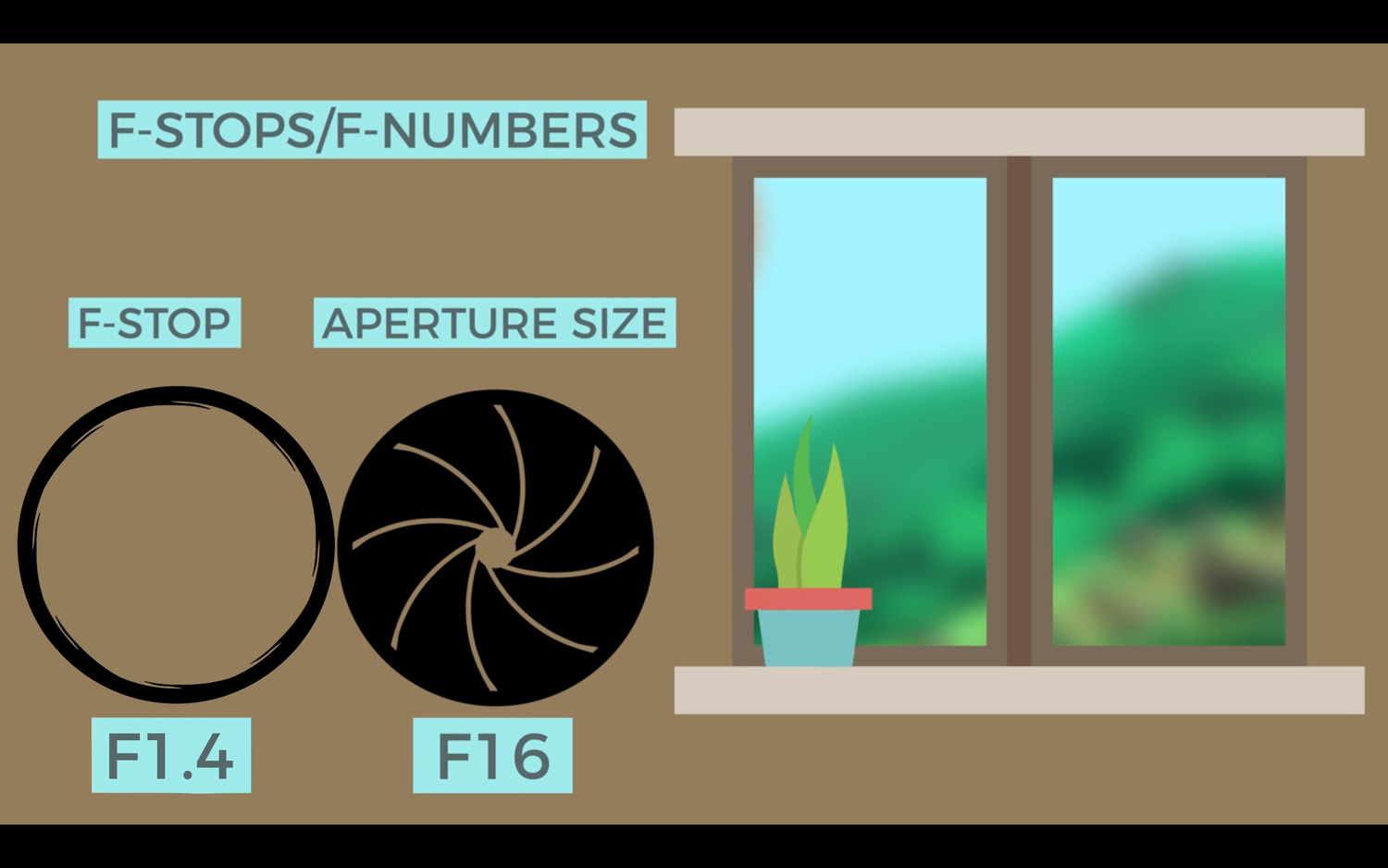Everyone looking to be a photographer, or at least a good one, should understand their camera's functions and lens mechanics. This means understanding things like f-stops, depth-of-field, effects of shutter speed, ISO, fast lenses verses slow lenses, and of course, aperture. Fortunately, independent filmmaker Vincent Ledvina has created an ongoing, animated series about, "Camera Basics." As part of that series this handy little animation explains all you really need to know about aperture, in just five minutes.
The aperture is the hole in the lens that allows light to pass through the lens, into the camera body and onto the camera's sensor. In photography, aperture is expressed in F numbers or f-stops. F-stops are a way of describing how open or closed the aperture is. Smaller f-stops mean larger apertures and more light. The opposite is true for larger f-stops. The aperture also has an direct impact on the depth-of-field. Large f-stops like f16 will allow for a large area to be sharp, bringing all the foreground and background into focus. While a small f-stop like f1.4 will isolate either the foreground or background objects and make everything else blurry.
 If this seem complicated watch the video. It will clear things up and you'll also learn how aperture affects other camera parameters. Once you understand this, you will know how to get many of the desired effects you want in your images.
If this seem complicated watch the video. It will clear things up and you'll also learn how aperture affects other camera parameters. Once you understand this, you will know how to get many of the desired effects you want in your images.
[via Apalapse]






It's a solid share. The basics often times get overlooked, but they're ever so important to people who want to get out of auto or explore film photography.
Thanks for doing this, Kenn.